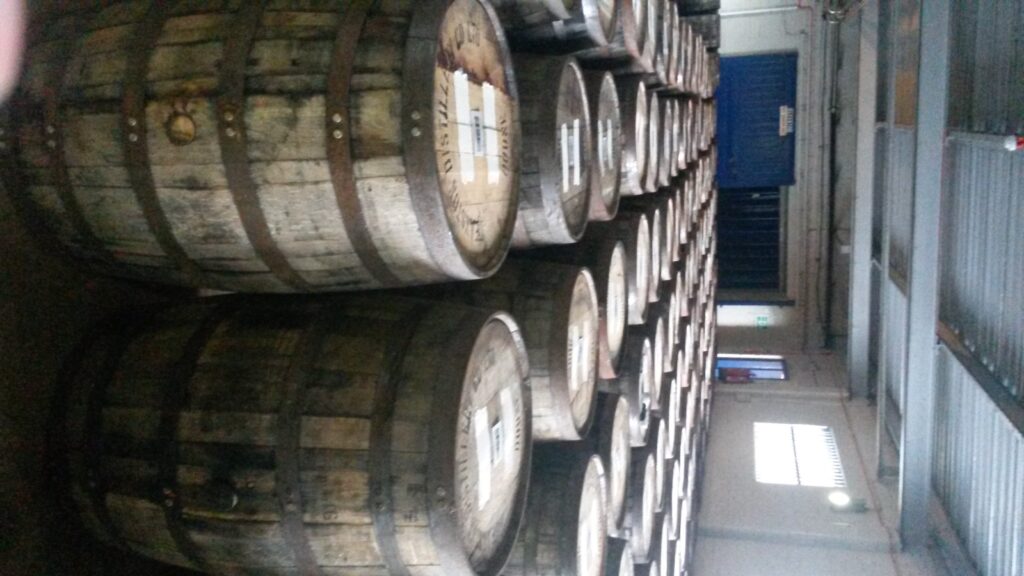Now Vats What I Call Whisky Part 1

Part 1
In our two part piece we will explore a key feature of the Whisky industry and how it is managed, that of every cask being wholly unique. Part 1 will explain the process of vatting and why it is done and part 2 will explain why casks are different and what that means for independent bottlers. With insight into industrial practices we lift the lid on how the 20 million unique casks the currently sit in storage in Scotland are going to be overseen.
How many malt or grain Whiskies have you tried from an independent bottler and on reflection wondered why that particular Whisky does not taste like the distillery’s standard release?
Most Single Malt distilleries use a process called vatting, which I briefly explained in the previous post .Vatting, much like blending – which occurs on a larger scale – involves marrying casks together to create a desired flavour. However in the case of vatting, the Master Blender is limited to only using casks of whisky that have been produced within that distillery. This is where it differs from blending, which is done on a much larger scale and involves the Master Blender using casks from the organisation’s entire distillery portfolio. This means casks for blending are often sourced from many different distilleries – both grain and malt – across the country.
Vatting is adopted to create a homogenised product offering, so that the distillery’s own standard release i.e. their ‘12 year old single malt’ will always taste the same no matter when it’s distilled, bottled, what it’s alcohol strength is and in spite of the fact all the distillery’s casks contain whisky with different flavours and character. There lies the real difficulty – every single cask is different. Each cask a distillery acquires and fills with their raw spirit is unique, so how can you create tasting notes for each bottle or sell lots of one product when each one is different? You can’t and the solution is to make all your 12 year old casks taste like one by carefully blending them together, as expressed in the term vatting from vat which is a larger container for mixing liquid.
For instance, a whisky from an older cask may be married with that of a younger one to create the ‘standard’ flavour. However the youngest whisky used – even if it’s a lesser amount than this older cask – must be the age that’s on the bottle. It’s a requirement of Scottish law which ensures that even though older Whisky has been used, the youngest whisky is the one identified. So you couldn’t use an 11-year-old cask in a 12-year-old vatting, not even a tiny amount!